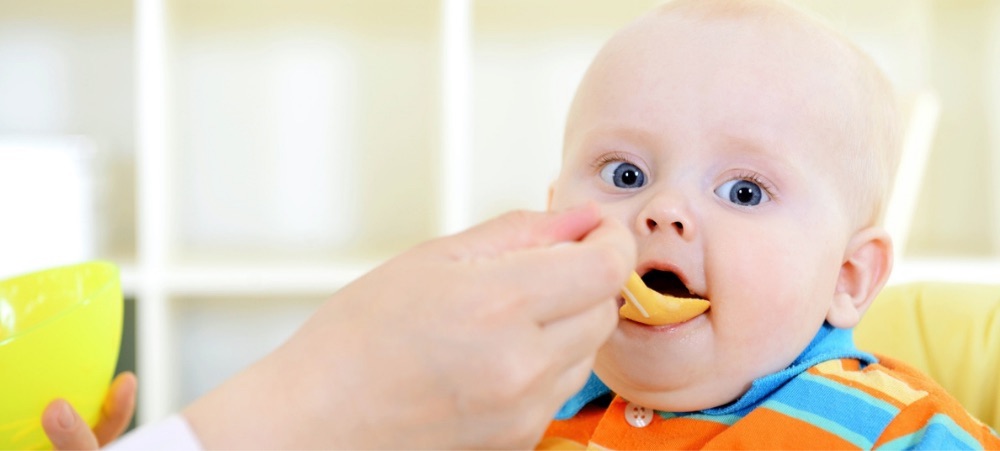
Breastfeeding on the go
Breastfeeding when you’re out is convenient, hygienic and the most natural and healthy way for your baby to feed – so be proud of what you’re doing! It allows you to easily and discreetly feed your baby when you’re outside the home, anytime, without having to pack lots of feeding equipment. It’s natural that you might feel a bit self-conscious at first but there are lots of moms out there enjoying the freedom breastfeeding allows – here are some Do’s and Don’ts to help you join them with confidence. Do: Feel proud of yourself – moms who breastfeed their babies in public are doing a huge amount towards making breastfeeding more popular, visible and back to being the ‘norm’ again Practice feeding positions at home first, making it easy to latch your baby on without having to remove layers of clothing or expose more than you would like to! Practice using a shawl or scarf as a cover up if you like. I found that a vest top I could pull up, with a shirt or cardigan unbuttoned which covered my sides worked well for me, and was more discreet than wrestling with a shawl or muslin cloth! Do a bit of research into where you are going. Whether it’s going out for lunch, meeting a friend for coffee or enjoying a little retail therapy, do phone ahead to see what facilities are available for you and your baby. Are there baby-changing, breastfeeding and milk/food warming facilities? Are highchairs available for older babies and toddlers? Make sure any restaurant you are visiting is ‘child-friendly’, so that you can relax and enjoy your meal without having to worry too much about disturbing others .There is nothing worse than feeling that you are being frowned upon by other customers and staff. Choose your seating position or table carefully if you are feeling self-conscious e.g. with your back to the majority of people in a restaurant or café Make it easy to take what you need for a stress-free trip. I have a special bag for when I am out and about with my little one which I top up after each trip so that I don’t need to start from scratch every time I go out. Choose a bag that has been designed with a mom in mind and has all the handy compartments you will need. Essential items for your bag will include breast pads, nipple cream (if using) nappies, wipes, nappy sacks, a change of clothes, bibs, milk (if you are bottle feeding), a feeding cup and some snacks for a baby that is weaned (not recommended before six months). Take along a few favorite toys to keep your baby entertained Consider expressing breast milk if you choose not to breastfeed while you are out. Expressing is the perfect solution for moms that want to continue breastfeeding their babies but are looking for some flexibility outside the home. Take along some expressed milk in a sterilized bottle ready to use. Carry the feed in a specially designed insulated bag with a small cool pack inside to keep it fresh. This way you can give your baby a bottle of milk in the full knowledge that it still has all the wonderful health benefits of breastfeeding. Expressing also means that close relatives and friends can also enjoy the pleasure of feeding your little one Carry plenty of healthy snacks for your older baby or toddler. Rice cakes, pieces of fruit like apples, grapes and strawberries, sticks of carrot and cucumber, raisins and cubes of cheese all make nutritious snacks which your child will thoroughly enjoy. Prepare them at home and then carry them around in airtight containers to keep them fresh. Also, ensure that you always carry fresh, drinkable water in an appropriate feeding cup with you, as once your baby is weaned this will be essential. Don’t: Think you should be out and about too early on. It will depend on how quickly you and your baby get to grips with feeding but there’s no rush. Venture out when you feel ready. Time your trips out between feeds at first Forget to make sure you have a drink to hand – take along some water. Breastfeeding is thirsty work Wait until your baby is properly hungry before finding somewhere to feed. Plan a stop a little while before if you can so you’re not frazzled by those cries of hunger! Pay too much attention to the news – ignore anything you might read about women being told to stop feeding their babies, or who have negative comments thrown at them. This is much more rare than it seems – most people will be oblivious to the fact you are breastfeeding (in fact it’s only once you’re a mom that you start to notice just how many women are breastfeeding out there!) Feel that you have to breastfeed in a room full of people if you’re really not comfortable. It’s increasingly easy now to find somewhere a little more private to feed your baby while you’re out if that’s what you prefer. Many shopping centers, department stores, baby shops and supermarkets have special feeding rooms where you can breastfeed or bottle feed, and change your baby’s nappy You can share your own tips and read advice on breastfeeding away from home from other moms by visiting Philips AVENT on facebook www.facebook.com/philipsavent


































